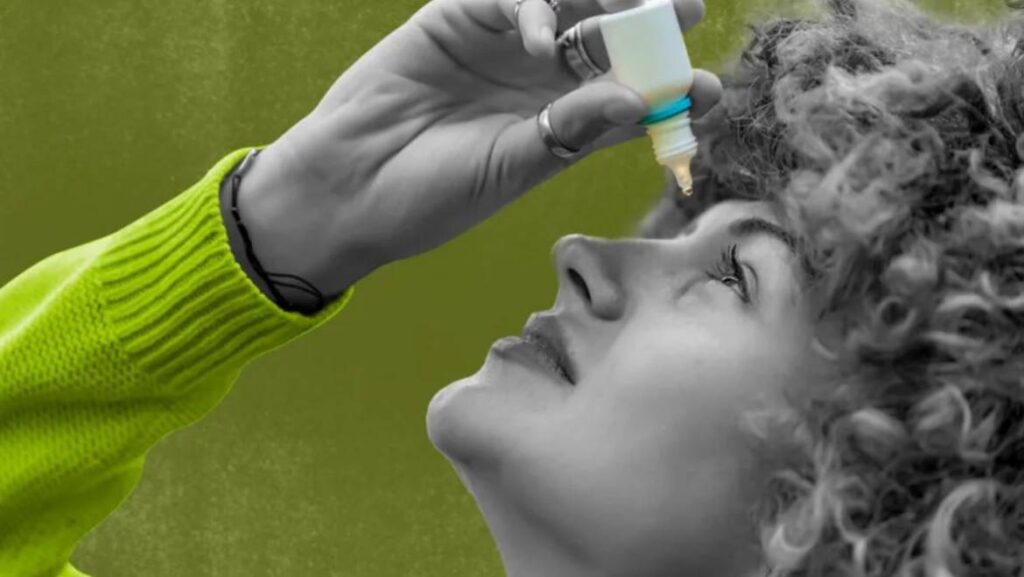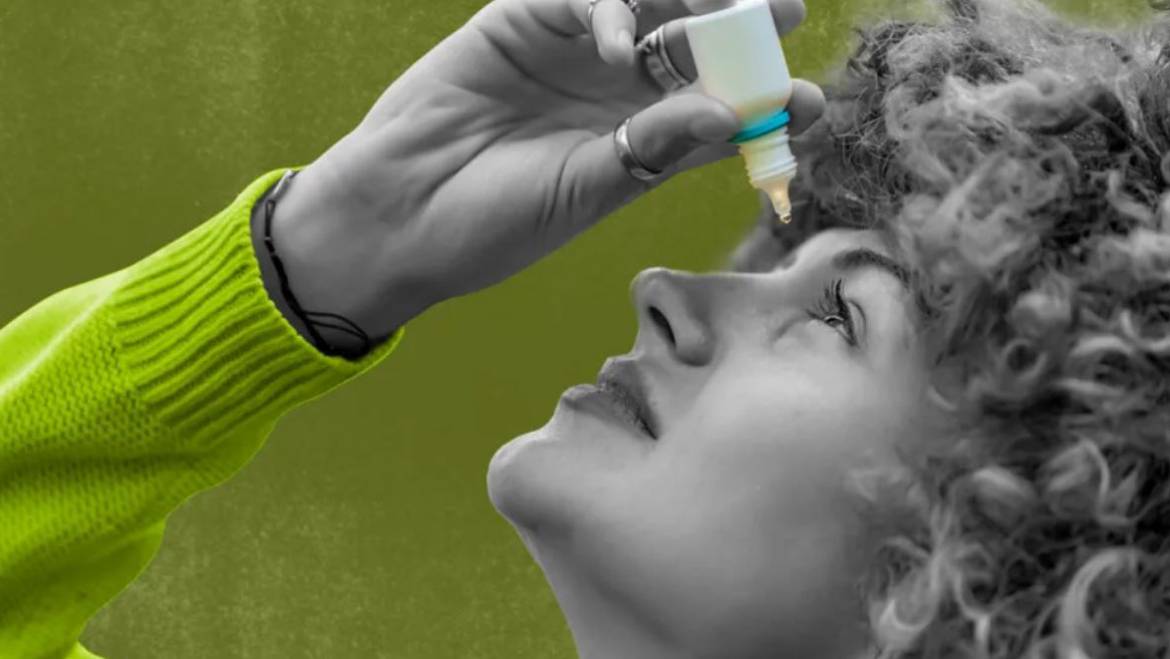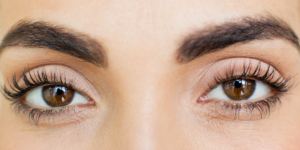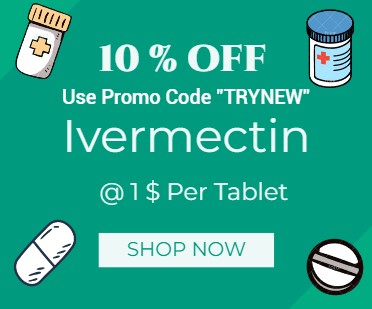
What is Dry Eye?
A widespread ocular condition that affects a lot of individuals globally, dry eye disease lowers quality of life and interferes with daily activities. How should dry eyes be treated? For dry eyes, lubricating eye drops are typically recommended. Chronic dry eyes can be treated with artificial tears. The finest prices on eye care items can be found online.
The following are the goals of treating dry eye disease:
minimizing or mitigating dry eye symptoms
Avoiding structural deterioration
enhancing visual capabilities
Individuals who experience symptoms of dry eyes may have contributing causes. Treating any contributing variables that increase the likelihood of dry eye problems is crucial. Why do eyes get dry? Well, a number of things both cause and exacerbate the symptoms of dry eyes. The generation of tears is impacted by some systemic diseases, and the use of systemic drugs and eye procedures can exacerbate dry eyes. Additionally, it has been demonstrated that extended visual activities strain the ocular surface.
Control and Preventive
If you experience dry eyes, pay attention to the situation that ma be more likely to cause your condition. Then you must find ways to avoid those situations to prevent dry eye symptoms. For example:
1) Avoid pointing fans, air conditioners, automobile heaters, and hair dryers in your eyes.
2) To provide moisture to the dry indoor air, use a humidifier.
3) To block wind and dry air, put on sunglasses or other protective eyewear. When purchasing sunglasses, inquire about safety shields.
4) Make careful to take regular pauses when working on tasks requiring visual focus. Shut your eyes for a brief period. To assist your tears fall evenly across your eyes, blink frequently.
5) Dry eye disorders may also be exacerbated by specific environmental factors. It may be beneficial to regularly close your eyes for a few minutes when spending time in desert regions, high altitudes, and airplanes where the air might be quite dry in order to reduce the evaporation of your weeping.
6) Lower the screen of your computer so it is not at eye level. You will need to open your eyes wider in order to see the computer screen if it is higher than eye level. You won’t widen your eyes as much if the screen is positioned below your eye level. This reduces how quickly tears evaporate when you blink.
7) Refrain from smoking. If you already do, talk to your healthcare provider about the best ways to stop smoking. Additionally, avoid being among smokers. Smoking might exacerbate the symptoms of dry eyes.
8) Dry eye syndromes can be managed using artificial tears. To maintain optimal lubrication in your eyes, you can utilize eye drops.
For Mild Dry Eye
Factors responsible for worsening the condition need to be eliminated:
- Long-term use of antihistamines, beta-blockers, antidepressants, diuretics, etc.
- Cigarette smoking and second-hand smoke may be associated with the dry eye because of their adverse effects on the lipid layer of the tear film and tear proteins.
- Environmental factors such as low humidity can also affect
- Patients with suggestive symptoms may be given artificial tears when other potential causes of eye irritation have been eliminated.
- Health care experts include lowering the computer screen to below the eye screen, scheduling regular breaks, and increasing blink frequency to decrease the discomfort associated with a computer screen and reading activities.
- Ophthalmologists may prescribe gels and ointments to treat dry eye symptoms.
- Increase use of artificial tears as needed, but recommend frequent tear installation depending on the lifestyle of a patient
- Non-preserved tear substitutes may be preferred; however, your health care specialist may recommend tears with preservatives for patients with mild dry eye
- Non-preserved tears should be given when tear substitutes are frequently and chronically used
For Treatment of Moderate Dry Eye Disease
- Topical corticosteroid therapy can be used at frequent intervals for a short period to suppress ocular inflammation.
- Patients prescribed corticosteroids should be monitored for dry eye for adverse effects such as increased intraocular pressure (IOP) and cataract formation.
- Omega 3 supplements should not be used continuously as there is no evidence of efficacy.
- Non-invasive therapies like eyeglass shields and moisture chambers.
For Treatment of Severe Dry Eye Disease
Often used for moderate to severe dry eye illness, hydroxypropyl cellulose eye drops, gels, and emulsions are recommended by ophthalmologists. Patients who are unable to use artificial tears frequently may benefit from punctal occlusion, a mechanical therapy in which the tear drainage system is restricted to enhance the preservation of natural tears on the ocular surface.
In summary
There are alternative therapies available. Kindly speak with your ophthalmologist for additional details. If you have had persistent signs and symptoms of dry eyes, such as irritated, weary, or painful eyes, you should consult an ophthalmologist. Your ophthalmologist can conduct investigations to ascertain the true cause of your discomfort and will recommend appropriate treatment.





